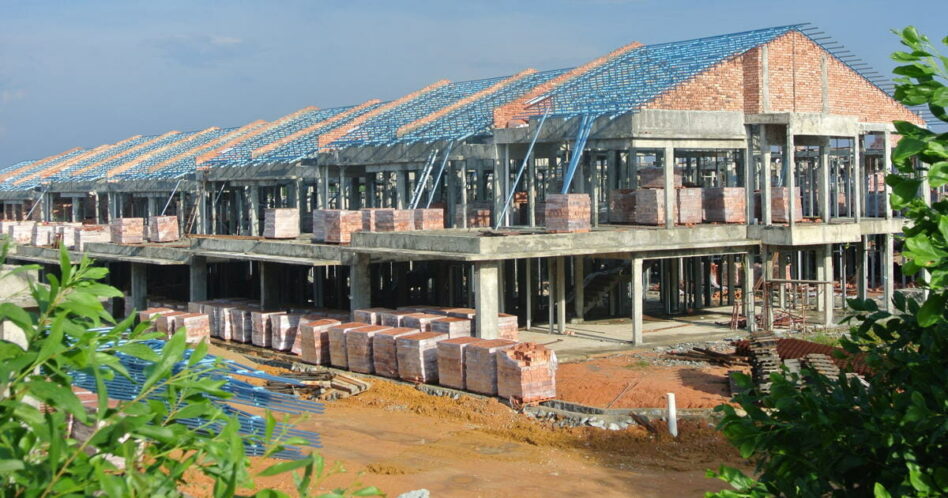SYDNEY: Asian share markets looked set for another cautious session on Tuesday (Feb 11) as investors tried to judge how quickly China’s factories could return to work as the coronavirus continues to spread and deaths mount.
China’s Hubei province reported 2,097 new cases and 103 new deaths on Feb. 10, with a fatality rate of 3.07%. The total number of deaths in China has topped 1,000, well past the toll from Severe Acute Respiratory Syndrome which killed hundreds worldwide in 2002.2003..
MSCI’s broadest index of Asia-Pacific shares outside Japan inched up 0.1% with the Australian market rising 0.6% and South Korea’s KOSPI lifting 0.7%.
Japan’s Nikkei was closed for a holiday, though futures traded just a shade firmer.
E-Mini futures for the S&P 500 ESc1 were a tad weaker, down 0.07%, after a late jump took Wall Street to fresh record highs on Monday. The Dow rose 0.6%, while the S&P 500 gained 0.73% and the Nasdaq 1.13%.
The gains came even as the World Health Organisation (WHO) warned the spread of coronavirus among people who had not been to China could be “the spark that becomes a bigger fire”.
In China, factories were slow in re-opening after an extended Lunar New Year break, leading analysts at JPMorgan to again downgrade forecasts for growth this quarter.
“The coronavirus outbreak completely changed the dynamics of the Chinese economy,” they wrote in a note.
“The coronavirus is an unexpected, tentative demand shock, and it has also become a notable supply shock due to prolonged factory shutdown. The magnitude of the supply shock depends on the pace of production recovery.”
They assumed the contagion would peak in March and factories would slowly resume opening this month, though the situation remained uncertain. In this case, growth would brake sharply to around a 1% annualized pace in the first quarter, before rebounding to 9.3% in the second.
Should the contagion not peak until April, growth could turn negative in the first quarter, with a rebound spread over the second and third quarters.
The risks are such that investors are wagering on more stimulus from Beijing, while a host of other central banks are under pressure to safeguard their economies with cheaper loans.
Markets are pricing in more than 40 basis points of easing this year from the Federal Reserve and again nudged the Treasury yield curve negative, to reflect the danger of recession.
Fed Chair Jerome Powell appears before Congress on Tuesday (Feb 11) in the first of a two-day testimony and is expected to reiterate that the US economy is doing well but rates can stay low given subdued inflation.
The relative outperformance of the US economy is keeping the dollar well supported, with the euro slipping to a four-month low at $1.0906. The British pound touched a two-month trough of US$1.2870 and was last at US$1.2913.
Against a basket of currencies, the dollar was again at its highest since mid-October at 98.858.
The dollar was steadier on the Japanese yen, which benefits from being a safe haven of its own, and last stood at 109.75.
Risk aversion helped lift gold to its highest for a week, though the strength of the dollar made for a slow climb. It was last at $1,571.58 per ounce. Feb 11, 2020, Reuters.










